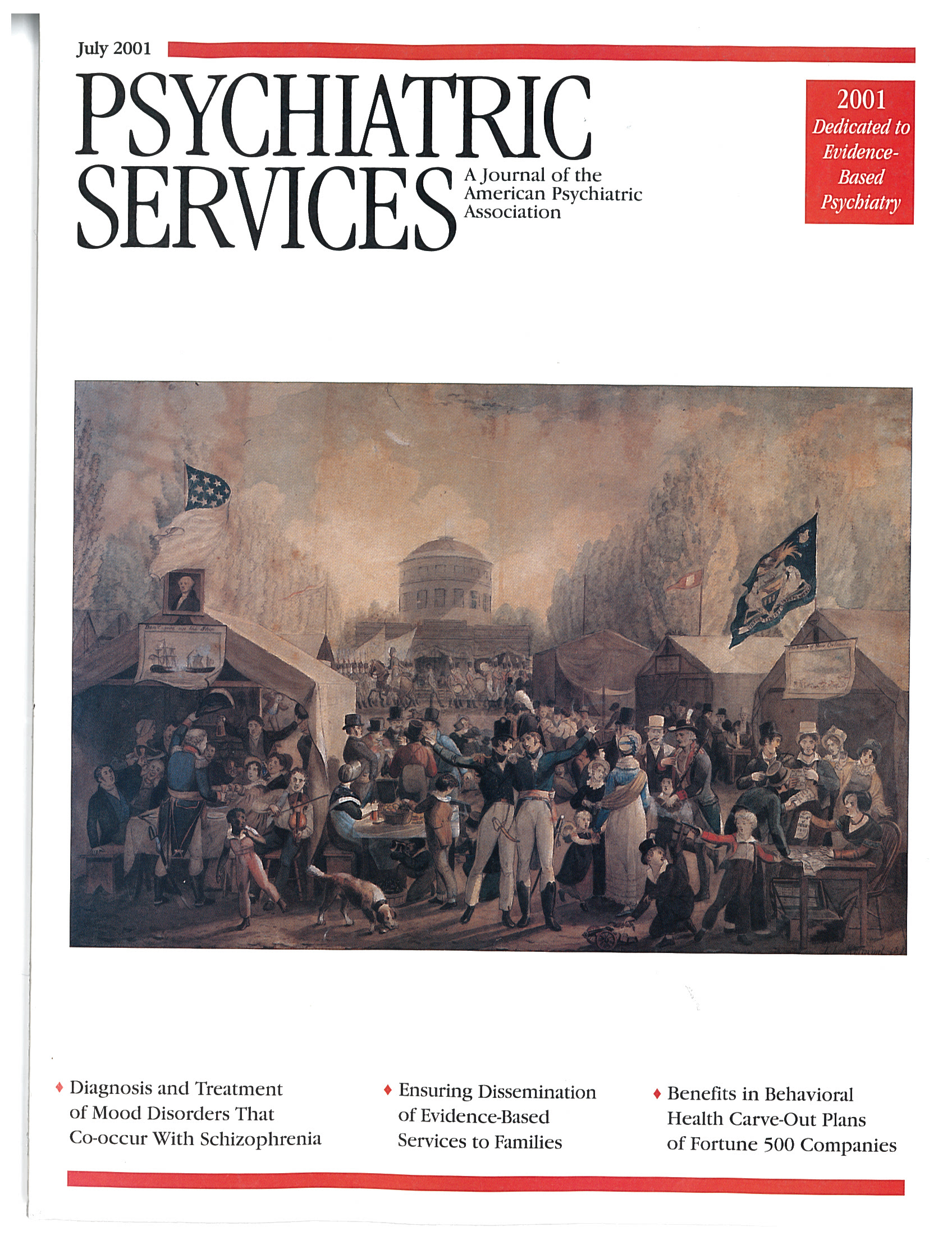New Zealand has a history of not providing adequate services to mentally ill people in prison or to those who are behaving dangerously in the general mental health system. Because of suicides, homicides, and other deaths in prisons and in the community that were related to underprovision of services, a major investigation of the mental health system was launched in 1987 and its findings were released the following year. The Mason inquiry, as it was called, produced a model of regional forensic psychiatry services to address unmet needs.
Six principles formed the basis of the new model of service delivery. First, mentally ill offenders have the right to the same access to mental health assessment and treatment as nonoffenders. The failure of the general mental health system to assess and treat offenders had been the primary impetus for implementing change. Second, the health care system, not the corrections system, has the primary responsibility for mentally ill offenders. The century-old dispute as to who had responsibility for this group of patients was thus resolved. Imprisoning patients who had been found unfit to stand trial or not guilty by reason of insanity was no longer tenable.
Third, the system needs to develop a wide range of components to be able to identify mentally ill offenders at any stage in the criminal justice system. Fourth, cultural understanding is an essential clinical requirement—and it is constitutionally mandated in New Zealand. Ethnic minority populations, usually of Maori or Pacific Islander descent, are overrepresented in forensic services. Their alienation from land, family, and language needs to be addressed in rehabilitation.
Fifth, integration of many perspectives is required in the clinical care of patients, including psychiatry, psychology, social work, occupational therapy, spiritual understanding, education, and recreation. Sixth, security and therapy must be integrated. Clinical care is best delivered when services are situated in proximity to patients' families, but such services must also be coupled with sufficient oversight and accountability.
Forensic services in New Zealand were configured in six centers, each headed by a director aided by a multidisciplinary team and cultural advisers. Offenders are treated in the least restrictive environment commensurate with the risk they present. Integrated services covering all component settings—court, prison, and probation—and the managerial commitment to meeting forensic patients' needs have been crucial to the program's success.
The Auckland service is the largest program, serving a population of 1.3 million. It is composed of a court liaison service to each sitting court in the region, providing 1,200 assessments per year; a psychiatric service to the regional prisons, providing 180 new assessments per year and carrying a caseload of 130; 85 inpatient beds in acute and long-term medium- and minimum-security prisons; and a transition hostel. Also participating are a community hostel, a community transition team, and a consultation-liaison service to general mental health teams. All court-ordered psychiatric reports are written by psychiatrists employed by the regional forensic services. Prosecution or defense reports may be sought privately. The program has been peer-reviewed and has won an award for service quality.
The principle of providing assessment and treatment in an appropriate setting led to an initial target of removing mentally ill persons from prison, although recent data suggest that a great deal of unmet need remains. During ten years of operation, difficulties have also emerged at the interface of forensic and general mental health care—over the definition of the target population—and between forensic mental health services and prisons as criminalization of the mentally ill increases. Inpatient services exceed 100 percent occupancy, making efficient care difficult and resulting in waiting lists for hospital admission.
Although the system is currently overburdened with increased demands for services, especially from prisoners with mental illness, a shared vision and integration of systems have provided the opportunity to make rationing decisions about admissions and to be able to manage secure services in a seamless fashion.

